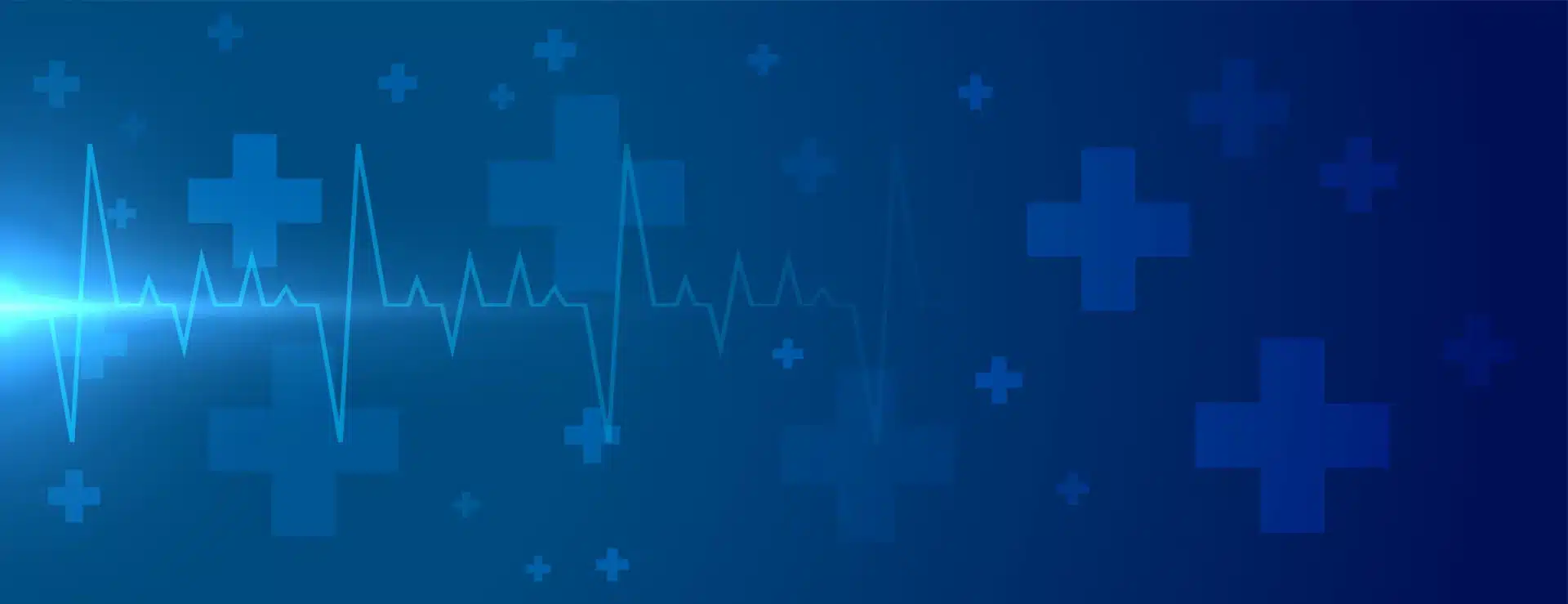Ringworm Stages of Healing: Unveiling the Itchy Truth
Introduction
Ringworm, a common fungal infection affecting the skin, scalp, and nails, is more than just an annoyance—it’s highly contagious and requires prompt attention. In this comprehensive guide, we’ll delve into ringworm stages of healing, treatment options, prevention strategies.
Ringworm Stages of Healing
Stage 1: Red, itchy rash
The initial sign of ringworm is a fiery red, itchy rash, often circular or oval in shape, occasionally accompanied by fluid-filled blisters or pustules.
Stage 2: Scaling and crusting
As the infection progresses, the rash transforms, becoming scaly and crusty. Dryness, flakiness, and cracks may also emerge, signaling the need for intervention.
Stage 3: Clearing of the rash
With proper treatment, the rash gradually recedes within a few weeks. Though the skin may retain a faint discoloration, the itching and pain dissipate.
Stage 4: Complete healing
Most cases witness complete healing within 4-6 weeks with consistent treatment. Continued medication usage is vital to prevent recurrence.
Treatment Options for Ringworm
Antifungal medications
Available in oral and topical forms, these medications exterminate the fungus causing ringworm. Duration depends on the infection’s severity.
Topical creams and ointments
Directly applied to affected skin, these offer relief from itching and inflammation, often containing antifungal agents to combat the infection.
Home remedies
While not as potent as prescriptions, home remedies like tea tree oil or apple cider vinegar can provide symptomatic relief.
Preventing Ringworm
Ringworm prevention is challenging but not impossible. Consider these steps to reduce your risk:
- Wash your hands frequently Especially after touching animals or contaminated objects.
- Avoid sharing personal items Towels, combs, and clothing can harbor the fungus.
- Maintain clean, dry skin Especially in areas prone to sweating.
- Steer clear of public barefoot walks Especially in locker rooms and swimming pools.
Frequently Asked Questions
What is ringworm?
Ringworm is a common fungal infection affecting the skin, scalp, and nails. It spreads through direct contact or contact with contaminated surfaces.
What are the symptoms of ringworm?
Symptoms include a red, itchy rash, often circular, with raised edges. Blisters or pustules may also be present.
How is ringworm treated?
Antifungal medications, both oral and topical, are commonly prescribed. Topical creams and home remedies may provide relief.
How can I prevent ringworm?
Preventive measures include frequent handwashing, avoiding personal item sharing, maintaining clean skin, and refraining from barefoot walks in public areas.
Key Takeaways
- Ringworm is a contagious fungal infection affecting the skin, scalp, and nails.
- Healing stages involve a red, itchy rash, scaling and crusting, clearing of the rash, and complete healing.
- Treatment includes antifungal medications, topical creams, and home remedies.
- Prevention encompasses hygiene practices and avoiding direct contact or sharing personal items.
Conclusion for Ringworm Stages of Healing
In the battle against ringworm, understanding its stages, treatment options, and preventive measures is crucial.
Resource : https://www.ncbi.nlm.nih.gov/books/NBK169210/
Know more about : Understanding and Managing Ringworm Healing




